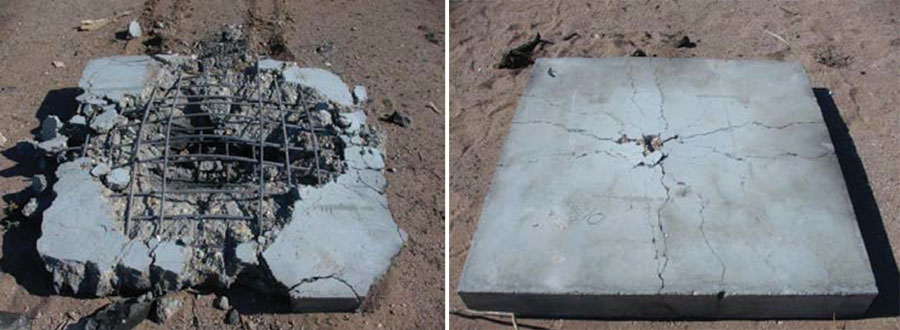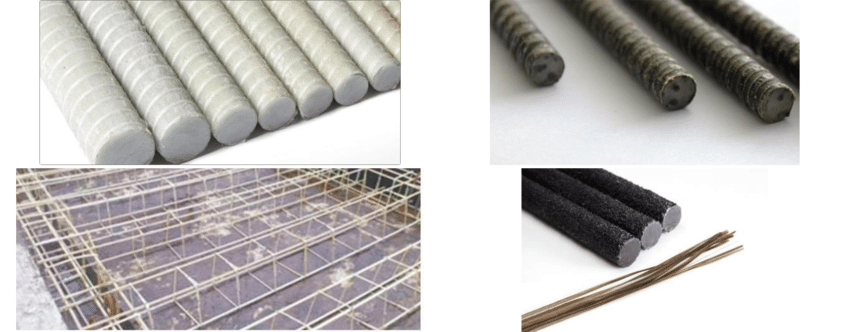Concrete is a versatile building material that has been used for centuries. In recent years, there has been a growing interest in using fibers in concrete to improve its performance. We will explore the advantages and disadvantages of using fibers in concrete compared to rebar.
Advantages of Fibers in Concrete
Fiber in concrete vs rebar which is the better choice? Fibers in concrete have several advantages over rebar. One of the main benefits is that they provide better durability and resistance to cracking. Concrete is a brittle material that can crack easily, especially when subjected to stress or temperature changes.
Fibers, on the other hand, are more flexible and can absorb stress, reducing the likelihood of cracking. Additionally, fibers can improve the tensile strength of concrete, making it more resistant to pulling forces.
Another advantage of fibers in concrete is that they can reduce the amount of maintenance required. Rebar can corrode over time, especially in harsh environments, which can lead to costly repairs. Fibers, on the other hand, are non-corrosive and do not require maintenance. They can also improve the aesthetic appeal of concrete by reducing the visibility of cracks.

Disadvantages of Fibers in Concrete
While fibers in concrete have several advantages, they also have some disadvantages. One of the main drawbacks is that they can increase the cost of concrete. Fibers are more expensive than rebar, which can make them less affordable for some projects.
Additionally, fibers can reduce the strength of concrete in certain applications. In structures that require high compressive strength, such as bridges or high-rise buildings, rebar may be a better option.
Another disadvantage of fibers in concrete is that they can be difficult to install. Fibers must be added to the concrete mix in a specific way to ensure that they are evenly distributed. This can be a challenge, especially for inexperienced contractors. Rebar, on the other hand, is relatively easy to install and can be placed in a specific pattern to achieve the desired strength.
When to Use Fibers in Concrete
So, when should you use fibers in concrete? Fibers are a good option for projects that require high durability and resistance to cracking. They are also a good choice for projects that require low maintenance, such as pavements, parking garages, and residential buildings. Additionally, fibers can be used in decorative concrete applications, such as stamped concrete, to improve its aesthetic appeal.
On the other hand, rebar is a better option for projects that require high compressive strength, such as bridges, high-rise buildings, and large commercial structures. Rebar is also a better choice for projects that require a high degree of structural integrity, such as buildings in seismic zones.

Conclusion
In conclusion, fibers in concrete and rebar are both effective materials for improving the strength and durability of concrete. While fibers have several advantages, including better durability and resistance to cracking, they also have some disadvantages, such as increased cost and difficulty of installation.
Rebar, on the other hand, is a more affordable option that provides high compressive strength and structural integrity. The choice between fibers and rebar depends on the specific requirements of the project. By understanding the advantages and disadvantages of each material, contractors can make informed decisions and choose the best option for their projects.